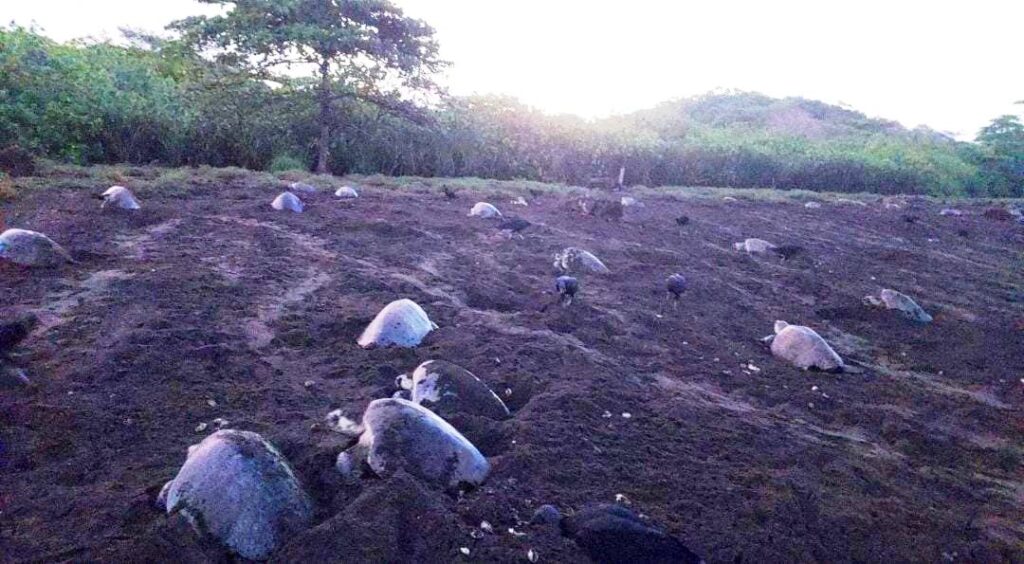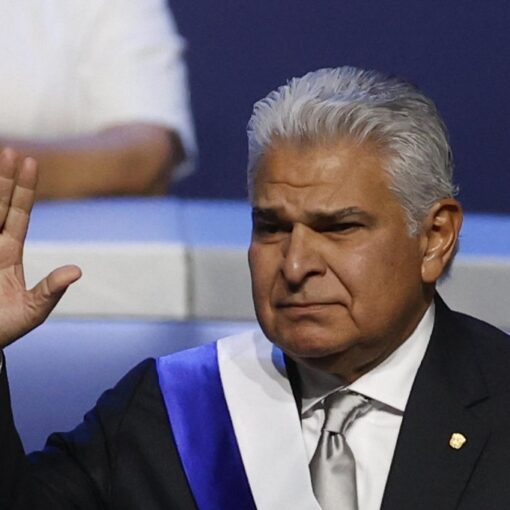Q COSTARICA – Potholes or ‘huecos’, uncovered manhole covers, and other serious road defects pose a risk to drivers and pedestrians on Costa Rica’s roads.
Perhaps Costa Rica’s legislators could take a tip from our southern neighbour, Panama, where lawmakers are discussing a new bill that proposes the State compensate those affected with up to US$10,000, who until now had to bear the cost of the damages to their vehicles.
“Fix them” or “This is dangerous” are the most common complaints from some residents of a residential area in Panama City with countless potholes on their roads, the major Spanish-language multimedia news agency, EFE, recently reported.
– Advertisement –
“The streets must be in good condition so as not to have to compensate anyone and, even more importantly, to protect people’s lives because in these accidents, material damage is the last thing that matters,” legislator José Pérez Barboni of the Movimiento Otro Camino (MOCA), the proponent of the law, told EFE.
Although there are no official statistics on traffic accidents in Costa Rica caused by poor road conditions, material damage to vehicles is common.
The purpose of such a law would be to establish civil liability on the part of the Ministerio de Obras Publicas y Transportes (MOPT), the government entity responsible for planning, constructing, maintaining, and managing the country’s road infrastructure and transportation systems, including highways, bridges, and other public works projects, and/or contracted companies that may be involved in “injuries, damages, or losses” resulting from “omissions” or “negligence” on public roads, by means of compensation to the affected party.
The compensation would not only be limited to vehicles but also to pedestrians affected by potholes, gaps, or cracks in deteriorated pavement, or sinkholes resulting from poor road construction and maintenance.
In the case of Panama’s proposed bill, it also covers damages due to the absence of manhole covers or power service coverage, poor infrastructure design, and lack of road signage and lighting. However, it exempts the State from liability in the case of damage caused by “force majeure,” such as natural disasters or “extraordinary events.”
A national public services authority would be in charge of processing the cases and paying compensation, which would have a time limit of, say, not more than a year or 18 months.
– Advertisement –
Rather than creating a new government agency, perhaps Costa Rica’s Autoridad Reguladora de Servicios Publicos (ARESEP) – regulatory authority of public services, to which the affected party must present documents proving that the damage was caused by the poor condition of the road.
“What we are considering for the regulation of the law, once it can pass the stages, is that it will have to be evaluated by three authorized workshops, so that they can objectively determine the extent of the damage without additional costs,” explained explained Barboni as in the case of the proposal in Panama.
The Poor Condition of the Roads: Poor Construction and a “Business”
Costa Rica has over 8,500 kilometers of paved primary roads and an additional 31,525 kilometers of secondary roads, many of it is in disrepair, suffering from a lack of maintenance and new investment.
– Advertisement –
The poor condition of roads is so common in Costa Rica. Although there have been improvements over the years, the situation today, in 2025, with a quadrupling of the vehicular fleet, we can honestly say is not better, if not worse.
Every driver has a story or three of potholes. Read more: Why are there so many potholes in the roads of Costa Rica?
One of the most recent examples of the failure of the MOPT to provide safe roads is the bridge work on the Ruta 27, allowing access to and from the development on the north side of the pista that includes the already opened Walmart and soon to open McDonald’s and Gollo stores, among others to come.
In the last two months, there have been two serious accidents that involved at least one death because of poor design, infrastructure, and a lack of signage alerting drivers to the uneven road surface, in both directions, which continues today.
Another example is the newly opened north section of the Circunvalacion (ruta 39) that, well, let’s just say, exemplifies the lack of seriousness and commitment on the part of the MOPT officials to provide a safe road.
In addition to poor design, the main causes are poor compaction of the materials, road construction without understanding the legal specifications, and water leaks from damaged pipes located beneath the roads, among others.
Also, in Costa Rica, roads tend to deteriorate more quickly because it’s a business; they come back and hire another company, meaning the company that built the road doesn’t have to repair anything.
In some cases, the initial road builder is re-hired to make the repairs.
Understanding Costa Rica’s numbering of the road system
Most parts of the country are accessible by road. The country’s total road network includes a mix of paved and gravel roads, with most secondary roads also paved.
Here’s a more detailed breakdown:
- Primary Roads: These are major routes connecting important cities and are numbered 1-39.
- Secondary Roads: These connect cities to primary routes or other cities, numbered 100-257.
- Tertiary Roads: These connect main cities to smaller towns and residential areas, numbered 301-939.
- Cantonal Roads: The network of public roads, streets, avenues, diagonals and transversals whose administration is the responsibility of the local government of each canton. They are not numbered at the national level, but are named either by given names or with numerical values, which might be used by another canton as well.
– Advertisement –
Source link
Rico



